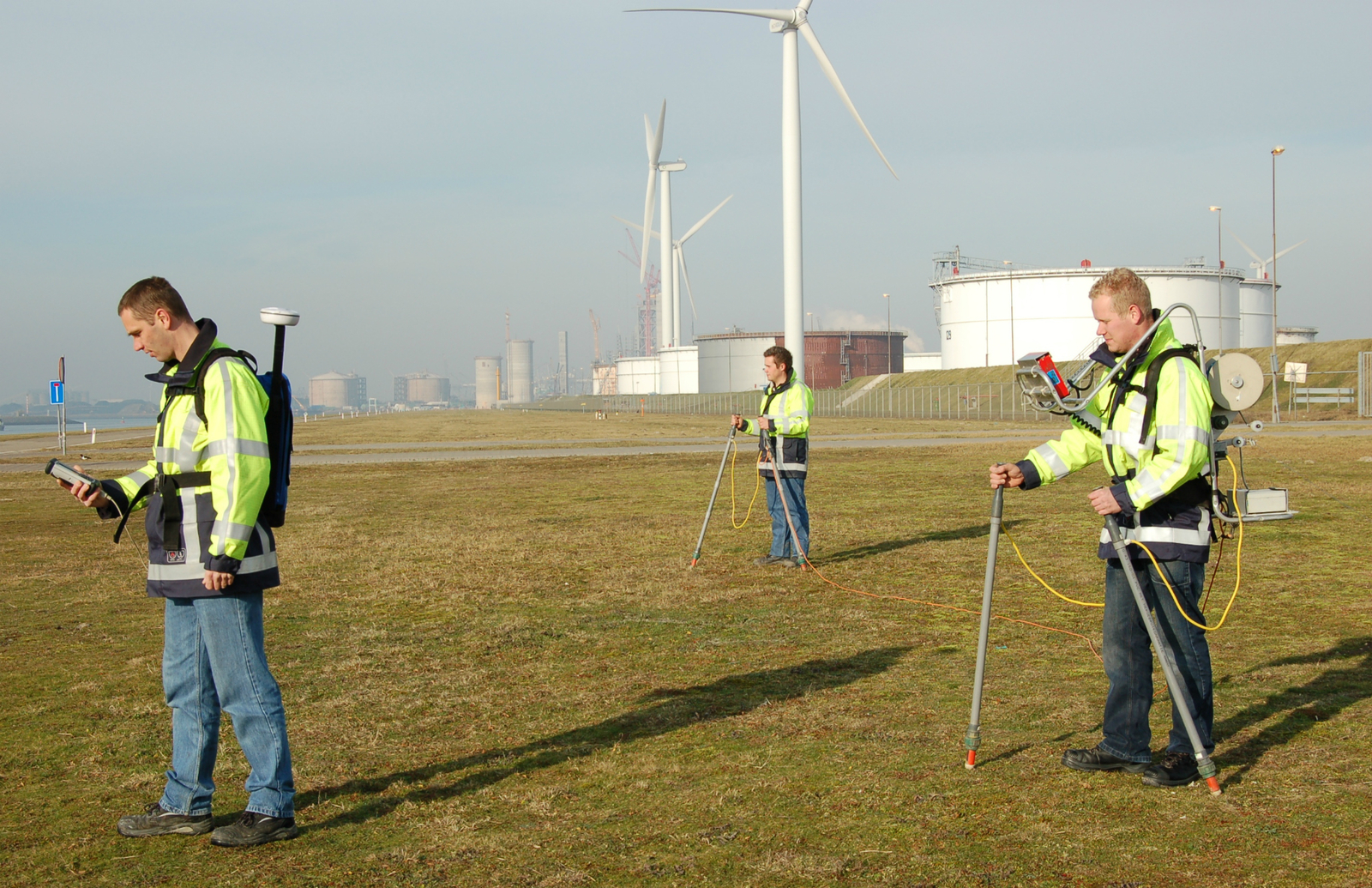Cathodic protection
Underground CP systems
Designing a cathodic protection system is a complex task that must take many factors into consideration, such as the size, shape, and location of the object, soil conditions, corrosion rate, lifespan, and costs. There are two types of cathodic protection: galvanic and impressed current. In galvanic protection, the object is electrically connected to a sacrificial anode that gradually corrodes away.
For underground storage tanks and small underground steel pipelines
In impressed current protection, an external power source is used to lower the potential of the object. In both cases, the required protection current and potential for the object must be calculated or measured. The design of the anodes, power supply, pipelines, and measuring equipment for the cathodic protection system must also comply with applicable standards and regulations.
Underground cathodic protection
One of the key applications of cathodic protection is protecting underground metal objects such as storage tanks and pipelines. These objects are often exposed to corrosive soil conditions, such as high humidity, low pH, or high chloride concentration. Corrosion can lead to leakage of stored or transported fluids, with consequences for the environment, safety, and operations. Cathodic protection can be applied to protect underground storage tanks and pipelines from corrosion.
Designing a CP system
Designing a CP system for underground storage tanks and pipelines involves the following steps:
- Identifying the object to be protected and environmental factors such as soil conditions, presence of other metal structures, and soil electrical resistance.
- Choosing the type of CP system: galvanic or impressed current. This depends on the size, shape, and location of the object, corrosion rate, lifespan, and costs.
- Determining the required protection current and potential for the object. This can be calculated using models or measured with test setups.
- Designing the anodes, power supply, pipelines, and measuring equipment for the CP system. The anodes must be placed to ensure uniform current distribution over the object. The power supply must have sufficient power to deliver the protection current, and the measuring equipment must be able to record and regulate the object's potential and current.
What happens after a CP system is designed?
We also follow established requirements for installation, testing, and commissioning of the CP system, for which we ofcourse have the required levels and certificates. After designing and installing a CP system, it must be maintained. Accuracy of the CP system is monitored through checks and inspections.
Your CP System, designed by Merrem & la Porte
Merrem & la Porte can handle all these steps for you with high quality and reliability. We have over 40 years of experience in designing, supplying, and installing CP systems for underground storage tanks and pipelines in various sectors such as oil and gas, chemical industry, water sector, and transportation sector. Our specialized CP team has all the required certifications and approvals to carry out these activities in accordance with applicable standards and regulations.
Would you like to learn more about our CP systems or request a quotation? Please contact us. One of our experts will be happy to assist you.
Contact us
Need advice on Cathodic Protection? Contact us now!
